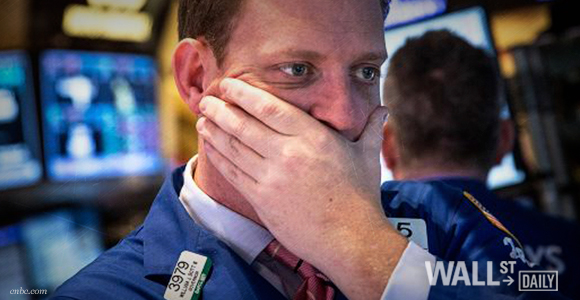
It’s a scenario that repeats itself during every stock market downturn: At the first sign of distress, mom and pop investors head for the hills.
And the year 2015 is no exception. During July and August, investors withdrew money from both stock and bond mutual funds.
According to Credit Suisse, this is the first time withdrawals have occurred in both categories in consecutive months since 2008. That was, of course, during the last financial crisis.
I believe Yogi Berra said it best: “It’s like déjà vu all over again.”
Here’s What You Need to Do
I’ve been in the investment business since the 1980s and have been through every market selloff since 1987. Even though I’m no longer a professionally licensed advisor, I do have a few thoughts on investor behavior during selloffs.
First of all, if you’re in your 20s, 30s, or 40s, don’t worry. The stock market’s long-term track record is undeniable.
For those of you in your 50s or 60s, I would have, at one point in time, warned about bear markets possibly lasting as long as a decade.
But with the Federal Reserve reacting to every market sniffle with lots of money, the dynamics have changed. Look at last week’s turbulence. Already, prominent voices like Bridgewater Associates Founder Ray Dalio have said that further turmoil would encourage more quantitative easing (QE).
Thus, for regular investors, the only real danger point – as I’ve described in a previous article – is shortly before and shortly after your retirement. And if you’re in such a time frame, your stock allocation should’ve already been lowered.
Thus, the one thing investors should do during this current downturn is take a serious look at their portfolios and make sure everything is allocated properly.
Most likely, a rebalancing is in order.
Rebalancing Really Works
Rebalancing a portfolio between stocks, bonds, and cash is important – and it can actually improve your returns.









Leave A Comment